For better or worse, music teaching is migrating to the web. "Eye contact, body language, voice, pheromones and physical contact are not available on [social media]" - Susan Greenfield in "The Internet and 'Mind-Change'".
Around the globe, musicians are struggling to find a voice - and despite a dearth of interactive teaching and learning tools, the internet is increasingly the medium of choice. Despite a dearth of supporting tools, networks of peer-to-peer learning are emerging - perhaps the most touching being the kids on YouTube teaching each other music and songs.
If on a personal level this exposes both teachers and learners to all the sensory dieback of the web, online music teaching is still essentially an emotion-driven activity. At a technical level, however, it exposes the huge potential for innovative and supportive visual toolsets.
Musicians hear songs when they read music, non-musicians seek visual patterns.
While talking visual patterns, I use diagrams a lot. Don't freak out if some of these are not (yet) so easily understood. It just means I haven't quite found the right visual metaphor. They are revised (and definitely get better) with time: the trick is to soak up the many without getting too hung up on the few.
Online And Remote (Distance Or P2P) Music Learning
We can split music learning via the internet into two distinct groups: for a very limited range of instruments, simple online learning (generally pay-for-use video and audio collections, often backed up by written and almost exclusively static documentation but, increasingly, interactive notation).
The other is 'remote' teaching, featuring a live teacher over video chat. Devoid of supporting tools, this is a challenging way to teach, but given the technical hurdles to creating an own site, by all accounts reasonably widespread.
Making contact (language, teacher directories, broadband quality) and the logistics of musical resource exchange (fingering diagrams, score collections and example recordings) are also impeding progress. If, as a learner, interested in genre-authentic stylistic and fingering guidance, these significant overheads mean there is still little real alternative to travel.
The most obvious difference between online and remote offerings lies in the teacher's ability to react to and accommodate user preferences.
Where an online learner may have had to hop between several online courses before hitting the mother lode, a live teacher can directly adapt at every level, accommodating particular instrument configurations (tunings and channel or scale lengths), the work of particular musicians, the tunes or styles the learner is particularly motivated to learn from, and of course provide direct encouragement when the going gets rough.
There is, however, more: remote teaching restores -at least in part- three critical sensory losses associated with the simpler online learning: eye contact, body language and voice. The learner senses the teacher's effortless skill, flexibility and enthusiasm, the teacher when the learner is dubious, confused or frustrated.
So what does this learning landscape look like? Let's quickly break music learners into rough groups.
This diagram gives us a clue as to the strengths potentially combined in a music visualization aggregator platform, but also the challenges.
Strengths? Accessing the instruments, skills and musical diversity 'latent' in virtuoso ethnic musicians, and the deep comparative musicology insights currently locked either in static theoretical models or in the heads of great musical thinkers.
And challenges? Bridging the gulf, for example, between written and aural traditions.
With 2- and 3D modeling in the browser sufficiently advanced to bring much of this online, the question is how, and with what reach? In a standalone aggregator platform, as a remote interworking platform with shared environment - or both?
Having made the distinction between online and remote teaching, and because learners are likely to move freely between the two, let's try to get a feeling for how easy this might be.
As we can see from the diagram, a switch between online and remote learning is possible at every point in the learning process. For all that flexibility, both learning modes suffer from the same major drawback: they can offer at best only extremely limited toolset support. This is where our aggregator platform steps in.
Adding A Graphical Toolset To The Constellation
On closer scrutiny, with instrument models, notation and theory tools available for any instrument, the problems previously challenging the casual autodidact are eliminated. Both autodidact and paying customer have access to the same online tools. The remote teacher can offer own musical and teaching skills, competing directly with video based courses. Let wealth flow. :-)
The cherry on this cake is that these tools are open source - and non-profit.
With an "Any instrument, any theory tool, any teacher or mentor, anywhere" mantra, it is set to democratize and dramatically strengthen understanding of comparative musicology, bringing remote teachers and learners together and providing entirely new meaning to immersive technical music visualization. This could, indeed, be the 'MySpace' users would have liked to have seen ... but simply never was.
Big, brave, open-source, non-profit, community-provisioned, cross-cultural and batshit crazy. → Like, share, back-link, pin, tweet and mail. Hashtags? For the crowdfunding: #VisualFutureOfMusic. For the future live platform: #WorldMusicInstrumentsAndTheory. Or simply register as a potential crowdfunder..
World Music Online Learning
So let's see if we can round these benefits up in one big firework of a diagram.
There are of course further hurdles to overcome, but once more widely understood (and financed), I suspect this project will prove unstoppable. I hope potential contributors and users for whom the concepts have already 'clicked' can be patient.
Conventional wisdom has it that new ideas be tested directly through crowdfunding. My feeling is that this project's full value will only become widely apparent through light but ongoing education. It has, indeed, taken many blog posts just to cover the basics.
Everything achieved to date has been concerned either with concept, proof-of-concept (demos & the associated videos) or this documentation.
Though simple in concept and relatively straightforward to test, the costs of a full implementation are too much to be borne by any single person. Hence the coming crowdfunding campaign, aimed at optimization and completion of a minimum viable product (MVP). The basic mechanisms have been prototyped and demonstrated - and work.
Implemented by a small number of scalar vector graphics, web and user experience experts, this will be centred around the first of what I hope will be many interactive, score-driven open source instrument model and theory tool contributions from the musical developer community. Fully graphical, online music lessons -and especially world music learning and music visualization- are a vast greenfield area of exploration, the potential benefits to humanity huge. Let's keep this accessible and non-profit.
If you can help with financing right now, please take a look at the current sponsorship options. Though well used to dismissing fears, with no income over a number of years now, I cheerfully admit to being in pretty desperate straights. :-)
Global Online Music Learning




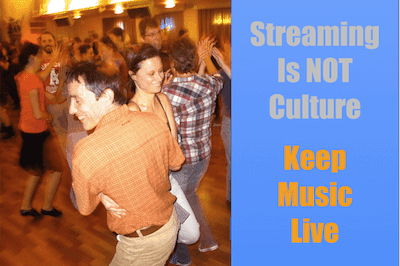
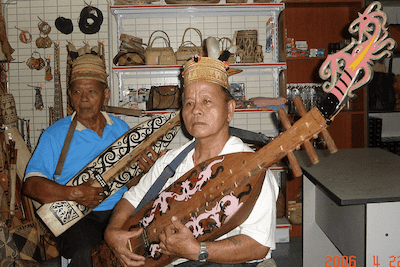
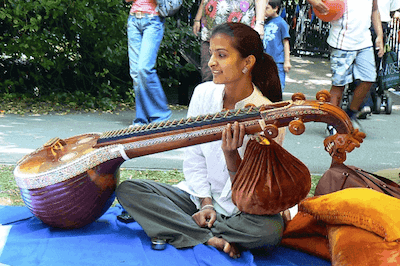
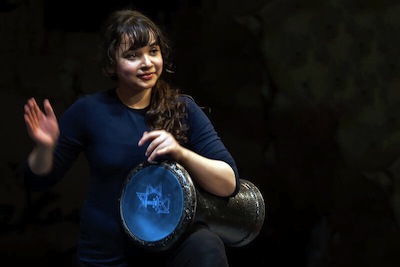

So what are the key differentiators in the online learning space? Here we compare traditional face-to-face teaching, a typical remote learning session using video chat, Soundslice's integrated (but bitmap-hobbled) approach, and our world music visualization aggregator platform's aims.
Keywords
online music learning,
online music lessons
distance music learning,
distance music lessons
remote music lessons,
remote music learning
p2p music lessons,
p2p music learning
music visualisation
music visualization
musical instrument models
interactive music instrument models
music theory tools
musical theory
p2p music interworking
p2p musical interworking
comparative musicology
ethnomusicology
world music
international music
folk music
traditional music
P2P musical interworking,
Peer-to-peer musical interworking
WebGL, Web3D,
WebVR, WebAR
Virtual Reality,
Augmented or Mixed Reality
Artificial Intelligence,
Machine Learning
Scalar Vector Graphics,
SVG
3D Cascading Style Sheets,
CSS3D
X3Dom,
XML3D
ANY: Music System ◦ Score ◦ Voice ◦ Instrument Or Theory Tool Config ◦
World Music's DIVERSITY and Data Visualisation's EXPRESSIVE POWER collide. A galaxy of INTERACTIVE, SCORE-DRIVEN instrument model and theory tool animations is born.
Entirely Graphical Toolset Supporting World Music Teaching & Learning Via Video Chat ◦ Paradigm Change ◦ Music Visualization Greenfield ◦ Crowd Funding In Ramp-Up ◦ Please Share
Featured Post
All Posts (*** = Recap)
- User Environment - Preferences and Population
- Comparative Musicology & Ethnomusicology
- Music Visualisation - a Roadmap to Virtuosity ***
- A Musical Instrument Web Repository
- Toolset Supported Learning Via Video Chat
- Key Platform Features ***
- Platform Aspirations
- Aggregator Platform vs Soundslice
- Music, Machine Learning & Artificial Intelligence
- World Music Visualisations And The 3D Web
- Cultivating Theory Tool Diversity
- Cultivating Instrumental Diversity
- Cultivating Notation Diversity
- Cultivating Music System Diversity
- One URL To Animate Them All And In The Browser Bind Them ***
- Music Visualisation: Platform Overview
- Music Visualisation: Challenges
- Music Visualisation: The Key To Structure
- Music Visualisation: Motivation ***
- Music Visualisation: Key Concepts ***
- Music Visualisation: Social Value
- Music Visualisation: Prototype
- Music Visualisation: Catalysts
- Music Visualisation: Platform Principles
- Music Visualisation: Here Be Dragons
- Music Visualisation: Potential
- Music Visualisation: The Experimental Edge
- Music Visualisation: Business Models
- Music Visualisation: Technical Details
- Music Visualisation: (Anti-)Social Environment
- Music Visualisation: Arts, Crafts, Heritage
- Music Visualisation: Politics
- Music Visualisation: Benefits ***
- PROJECT SEEKS SPONSORS
- Consistent Colour Propagation
- Orientation: Genre-Specific Workflows
- P2P Teacher-Student Controls
- Musical Modelling
- Social Media Integration
- Platform Provisioning In Overview
- Generic to Specific Modelling: A Closer Look
- Notation, Standardisation and Web
- Communication: Emotional vs Technical
- Musical Storytelling
- Product-Market Fit
- Monthly Challenge
- World Music Visualisations and Virtual Reality
- World Music Visualisations: Paradigm Change?
- How Does It All Work Together?
- Off-the-Shelf Animations: Musical Uses
- MVC vs Data Driven
- A Reusable Visualisation Framework
- What IS Music Visualisation?
- Questions Music Visualisations Might Answer
- Google Group for World Music Visualisation
- Instrument Visualization: Fingering Controls
- Static, Active, Interactive, Timeline-Interactive
- Visualising Instrument Evolution
- Unique Social Value (USV)
- Instrument Modelling: Lute Family
- Person-to-Person ('P2P') Music Teaching
- Alternative Music Visualizer Scenarios
- Music Visualisation: Why a platform, not just an app?
- Music, Dance and Identity: Empowerment vs Exploitation
- Why No Classification System For Music Theory?
- Musical Heritage, Copyright and Culture
- Visualisation Aggregator Platform - Musical Immersion
- Instrument Models - Complete Configuration Freedom
- Diversity is Health, Contentment is Wealth
- Politics & Provisioning Mechanisms of World Music Learning
- Technology, Tribes, Future and Fallout
- Rule-Based vs Data-Driven Notation
© Copyright 2015 The Visual Future of Music. Designed by Bloggertheme9 | Distributed By Gooyaabi Templates. Powered by Blogger.


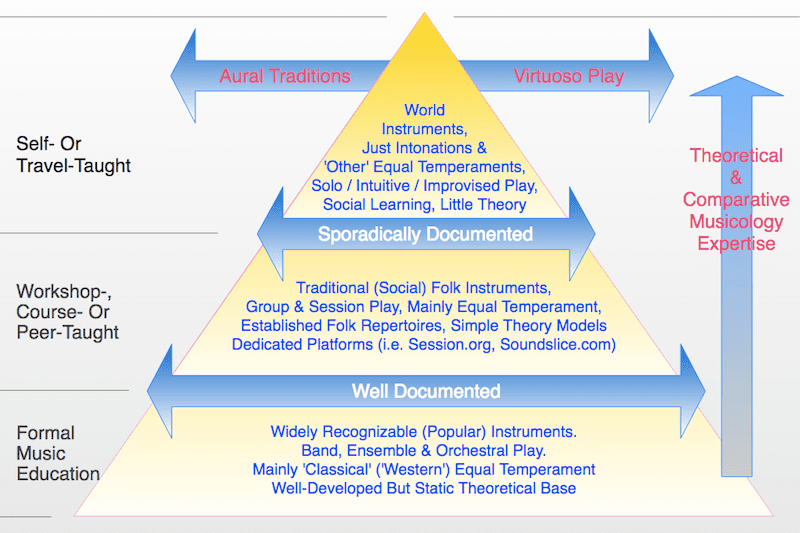
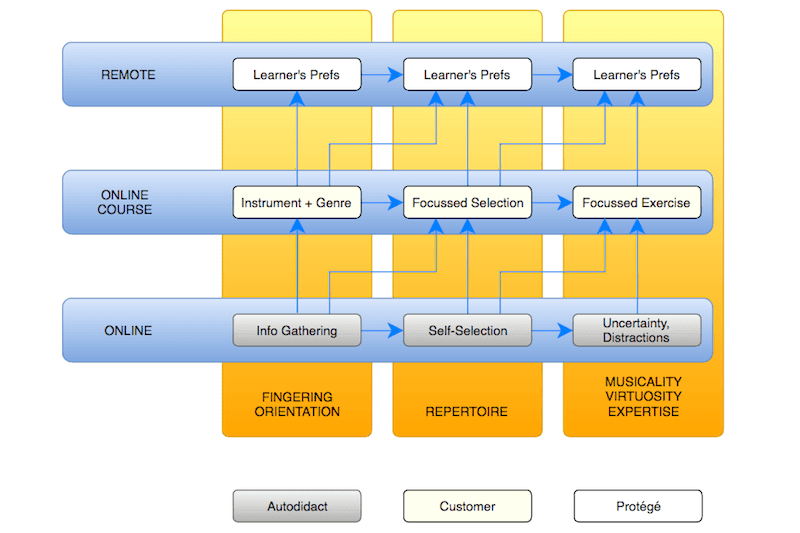
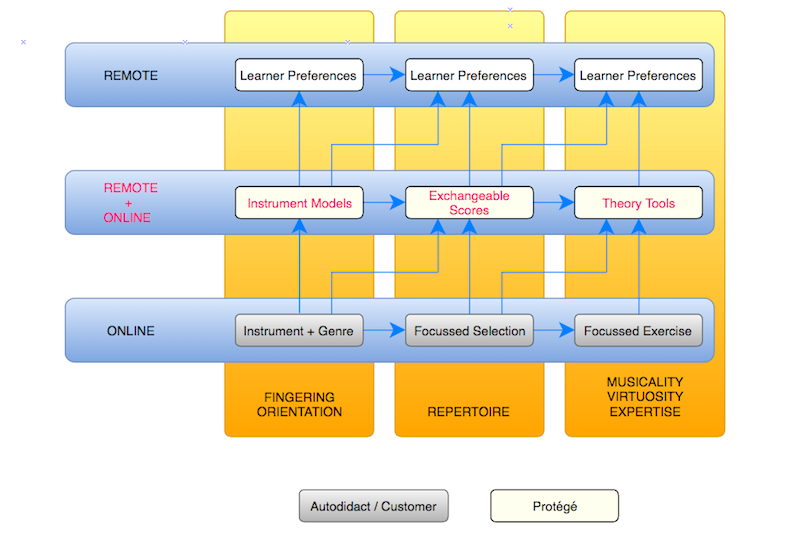
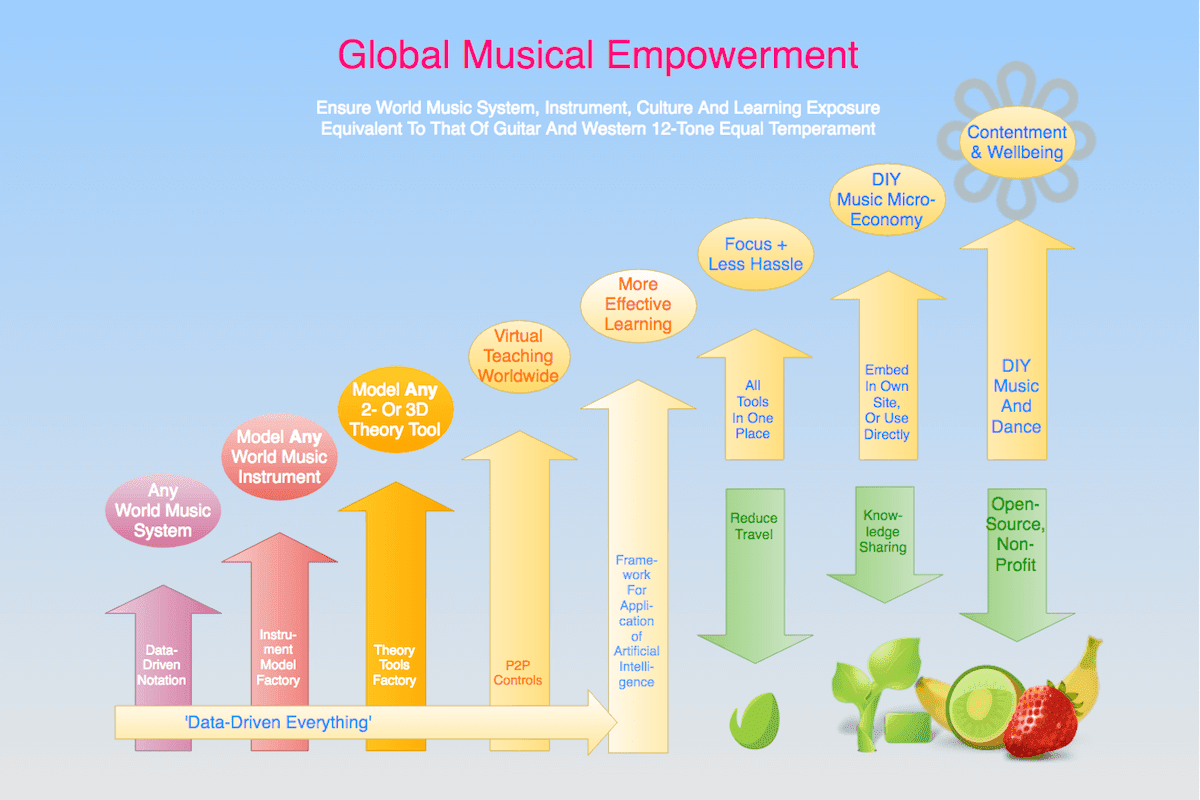



Comments, questions and (especially) critique welcome.